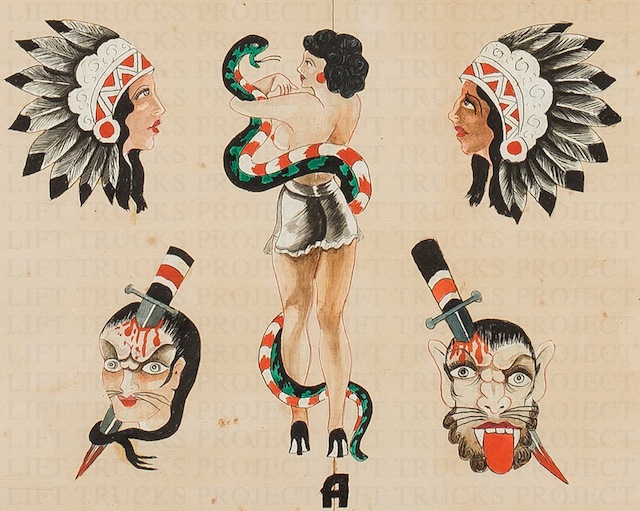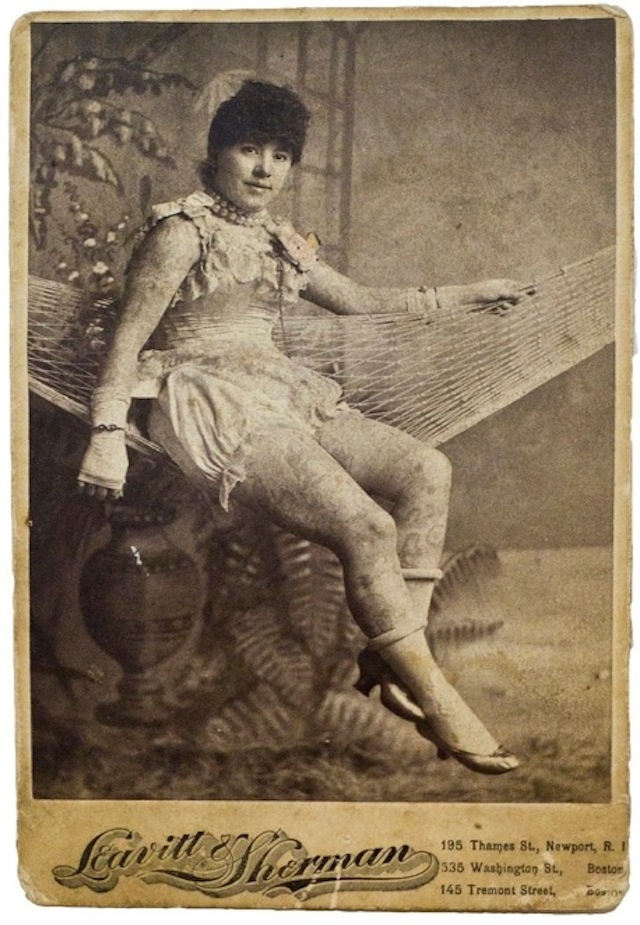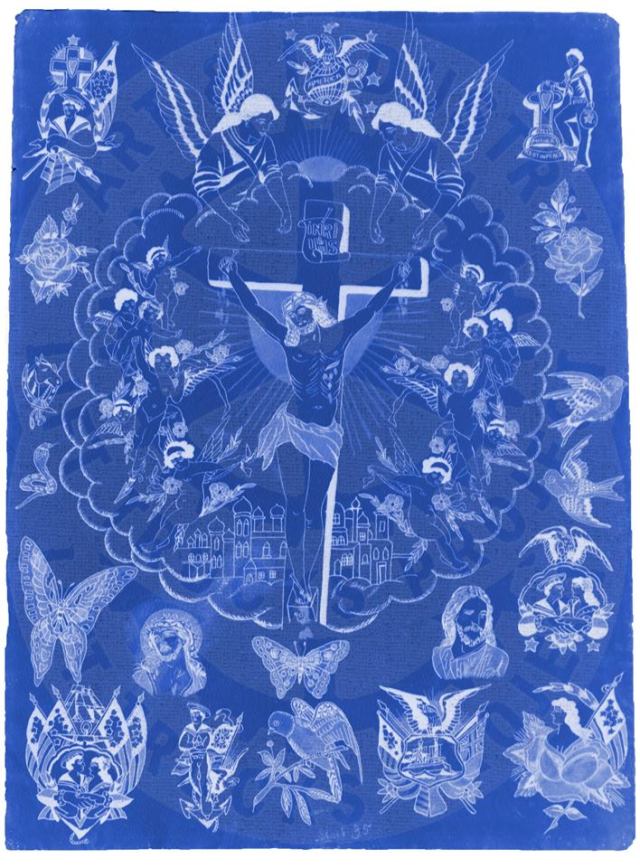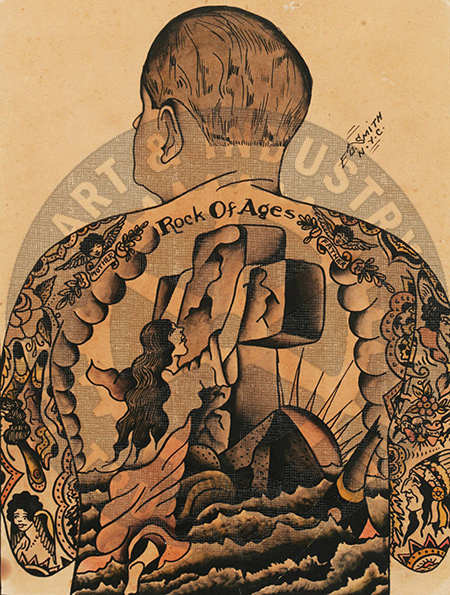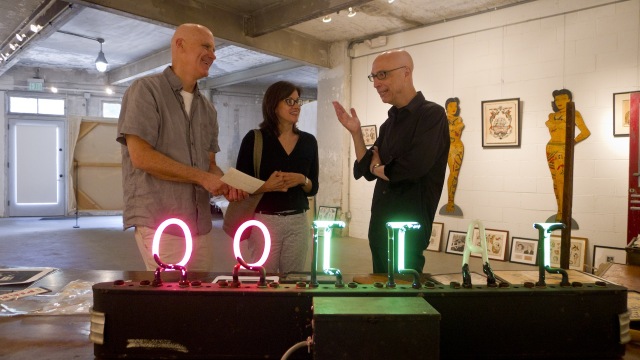This article is by Chuck Eldridge at the Tattoo Archives in Winston-Salem, North Carolina. Reprinted here by his kind permission. Mr. Eldridge is a tattooist, and an acknowledged historian on the subject of tattoo history. If there is anything you want to know about the Tattoo World, Mr. Eldridge is your man.
http://www.tattooarchive.com/
 George Burchett George Burchett was probably the most famous tattooist of his era, which spanned from 1890 through 1953. Tattooing in London through two World Wars, Burchett catered to both the rich London society and the poor alike.
George Burchett George Burchett was probably the most famous tattooist of his era, which spanned from 1890 through 1953. Tattooing in London through two World Wars, Burchett catered to both the rich London society and the poor alike.
Born George Burchett Davis in 1872 in Brighton England, George did his first “scratching” (as he described it) on his schoolmates. One of his first customers was his younger brother Charles, who at the age of four or five was wiling to pay the large fee of a stick of liquorices for the pleasure of being scratched by George.
George Burchett joined the Royal Navy at the age of thirteen and found that his ability to “scratch” was welcome. Navy discipline proved too much for the young George, so he jumped ship in Tel Aviv and did not return to Great Britain for twelve years. In order to avoid the authorities George Burchett Davis dropped his last name and became George Burchett. During this part of his life, he worked as a tram conductor and a cobbler, but continued tattooing part time. In 1900 he became a full time tattooist. During the next half century and until his death in 1953, George Burchett created one of the largest tattoo practices in the world.
 Charles Davis
Charles Davis
Charles Davis followed in his older brother's footsteps into the tattoo world, but never received the acclaim that George did. The brothers worked together and operated shops separately for many years. George and Charles were just a few years apart in their ages. It's difficult to tell them apart in photographs today, with both of them dressed in white shirts, vests and ties, and sporting well-trimmed mustaches and matching shoes! They both even liked to work in white medical smocks. Their tattooing styles were so similar that it is difficult to tell their tattoo designs apart. In later years Charles stepped away from tattooing, and in the 1950s George wrote that Charles was active in the insurance business.












